What is a Lanyard?
A lanyard is fabricated from webbing, cord or cable, with or without shock-absorbing capabilities, to enable workers to perform various operations on a work site. As lanyards are a fixed length, they should only be used when the lanyard is shorter than the risk area. For example, when working at heights, the total fall distance needs to be higher than the length of the lanyard, including any shock absorption stretch. If a lanyard has no shock absorption, the body will feel the full force of energy build up during free fall, potentially causing injury. This is why lanyards without shock absorption should only be used for fall restraint, not fall arrest. Lanyards offer more simplicity and are usually more hard-wearing in harsh, dirty conditions.
 |
Stretch lanyards are the most popular type as they are highly versatile due to their ability to retract, reducing the chance of the lanyard becoming tangled.
|
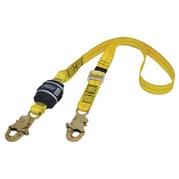 |
Straight webbing lanyards are non-conductive and have a load rating range from lightweight to heavy-duty. They are ideal for attaching a tool to a fixed point rather than a person. |
What is a Lifeline?
|
A self-retracting lifeline (SRL) is available in a wide range of lengths. The wire or webbing is stored in a central mechanism that lengthens when pulled in a constant fashion and then automatically retracts as tension is released. If a fall is to occur, it is arrested by internal braking mechanising that is activated by a sudden pull, much like a car seatbelt. A worker’s mobility is greater with SRLs as they are able to cover a larger work radius around the anchor point. |
 |
Shock Absorbing Safety Lanyards
Shock absorbing lanyards currently in stock are certified to AS/NZS 1891.1:2007 - Industrial fall-arrest systems and devices - Harnesses and ancillary equipment, with all new arrivals being certified to AS/NZS 1891.1:2020 - Personal equipment for work at height, Part 1: Manufacturing requirements for full body combination and lower body harnesses. Shock absorbing lanyards are designed to keep the force experienced during fall arrest to below 1349lbs (6kN). They work by deploying a secondary length of stretch webbing once a maximum force has been reached. This reduces the speed of fall, and therefore the amount of impact force. There are two popular styles of shock-absorbing lanyards, pack style and tubular style.
 |
The pack style lanyard is popular as they are easy to use and simple to inspect in comparison to other styles. A specially woven inner core sits in a pack attached to the lanyard. As a result of a fall, this woven core expands. The core also includes a heavy-duty backup strap. |
|
|
The tubular style lanyard also includes a specialty woven inner core. However, instead of being stored in a pack, it runs through the center of the lanyard, deploying as the result of a fall. The elasticated nature of the tubular type lanyard can make it slightly more difficult to inspect for damage before, during and after use. |
When to use a Single or Double Lanyard
|
Choosing whether to use a single or double safety lanyard is completely dependent on the job at hand. The benefit of a single lanyard is that it keeps you attached to one point without extra wires that can possibly become tangled, posing an additional hazard. If the work position is generally static and only one anchorage point is necessary to maintain safety, then a single lanyard might be the more suitable option. Using a double lanyard is beneficial when ascending or descending. The double lanyard allows the wearer to always be attached to a ladder or structure, as one connection can be moved at a time as the worker moves up or down. Accidents can often happen while the worker is making a transition (in-between disconnecting from an anchorage point and reconnecting in a different location). Where moving vertically or horizontally at height is required, the twin lanyard maintains 100% tie-off with one point of attachment at all times. |
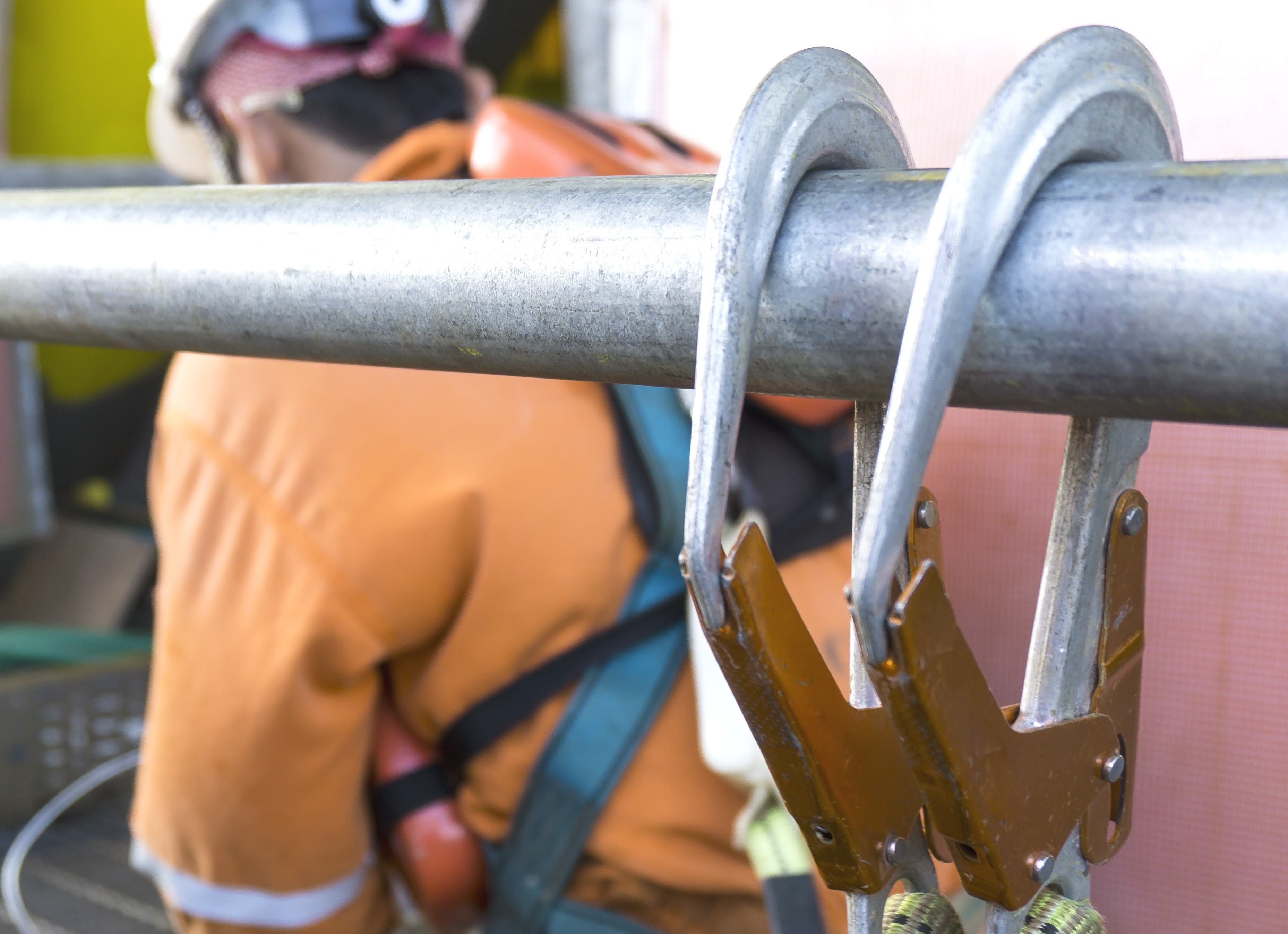 |
Fall Protection for Tools
What is Tool Tethering?
When working at heights, tools and equipment are at a high risk of falling. Tool tethering is when a tool or equipment is securely connected to a person or anchor point. If the tool is dropped from a height, it is prevented from falling and potentially injuring someone below. The first step in tethering tools is to analyse the characteristics of the tools being used. This will ensure that you choose the best possible solution to prevent tools and objects from falling. Tool characteristics include:
- Tool Type: hand tool, power tool, instrument or other
- Tool Structure: an enclosed hole or engineered structure, narrow midsection, open-ended handle
- Tool Weight and Size
Creating an Attachment Point To Tether Tools
Most tools don't come with a built-in, secure attachment point. If this is the case, a safe connection point to the tool must be created, also known as trapping. Select the appropriate attachment based on the characteristics of the tool.
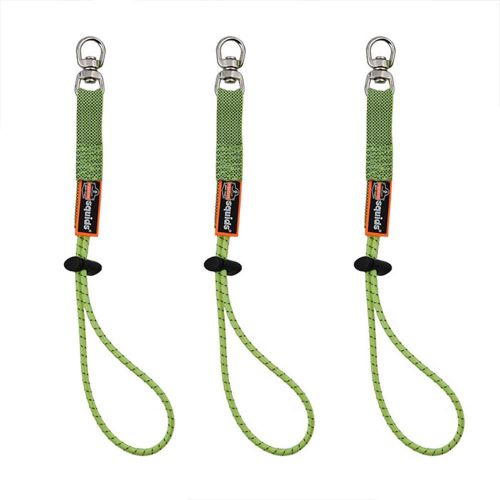
Tool Tails |
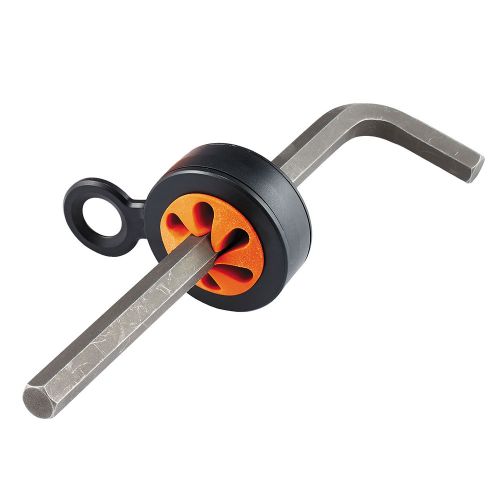
Hand Tool Tails |
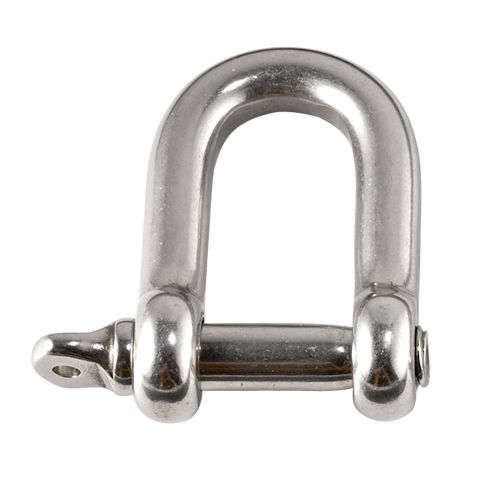 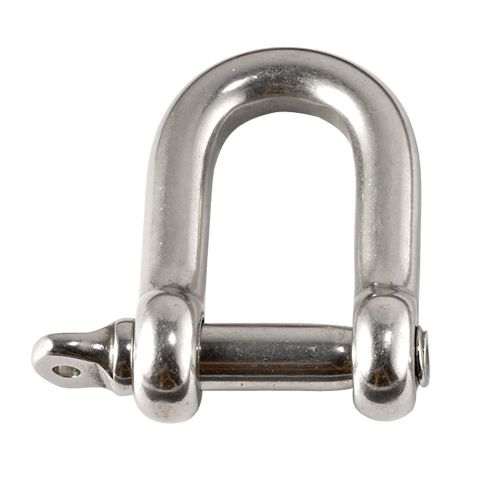
Shackle Traps |
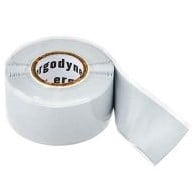
Tape Traps |
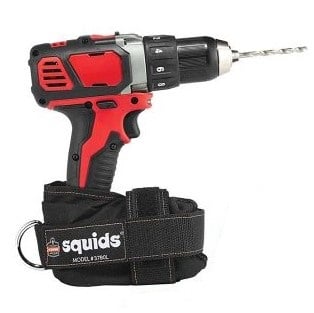
Power Tool Traps |
How to Tether a Tool
When creating the tether, ensure the connector (lanyard or SRL) you are using is rated to hold the weight of the tool and is long enough for you to operate the tool safely.
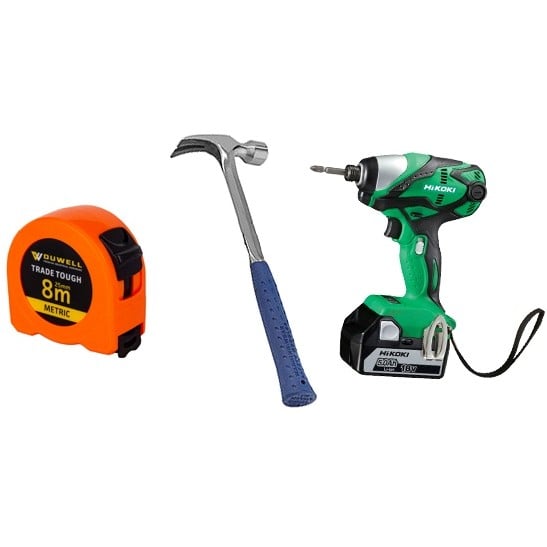
Step 1 Identify the tool to help determine if it can be directly tethered to a lanyard or if it requires a trapped connection point. |
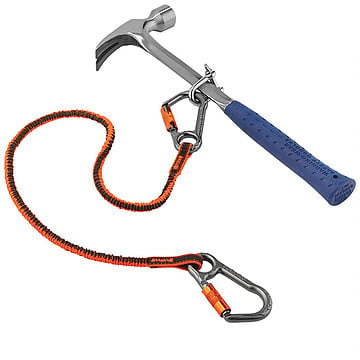
Step 2 If the tool doesn't come with a built-in connection point, select the most suitable or readily available attachment to connect to the tool. |

Step 3 Select a lanyard to attach to the connection point. When selecting, keep environment and tool weight front of mind. |
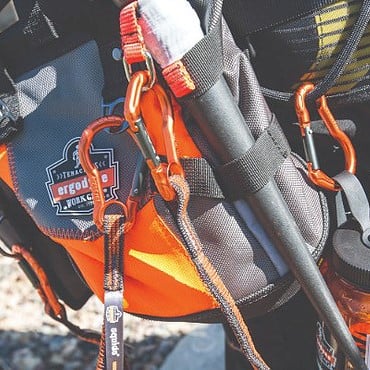
Step 4 Secure the tethering device/tool lanyard to a secure anchor point (tool belt, bag or an approved static anchor point). |
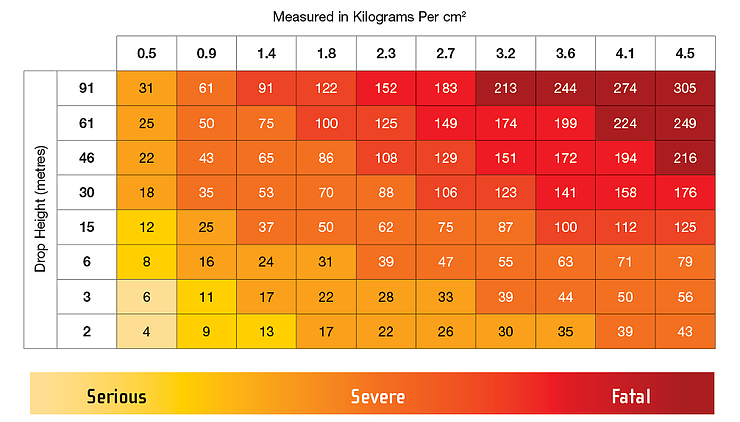 |
The Importance of Tethering ToolsWhen a tool falls, the mass of the tool creates kinetic energy that is released as impact force when it hits another object or person. The kinetic energy increases with the weight of the object and the distance it has to travel, for example, a 500g hammer falling 30 metres will create an impact force of 18kg. This impact force is enough to seriously harm whatever or whoever is below. |
Dropped Objects Safety Standard
ANSI/ISEA 121-2018
After recognising the crucial need for formal guidelines within the category of Objects at Heights, influential safety equipment manufacturers like Ergodyne united with the International Safety Equipment Association (ISEA) to develop tethering and transporting tools and equipment standards. Even though ANSI/ISEA 121-2018 is not directly enforced, it is recognised as industry best practice. The standard focuses on design, performance, testing and labelling requirements for products to reduce dropped object incidents in industrial workplaces. Dropped objects include hand tools, power tools, instruments, and other items that are used or are required to be transferred when working at heights. During use or transfer, the object is constantly at risk of falling, which could result in damaged equipment, serious injury or even fatality. ANSI/ISEA 121-2018 focuses on preventative measures workers can implement to mitigate these hazards. However, this new standard doesn't address passive preventative solutions (netting, toe boards, etc.) or best practices in the field (e.g. where to connect a tool lanyard on a safety harness).
Keep your team safe when working at heights with a wide range of height safety equipment available online at ATOM. ATOM sells a range of lanyards and self-retracting lifelines from quality brands such as DBI Sala, Protecta, MSA and more. If you are unsure whether you should be using a lanyard or a lifeline, or you're simply looking for more information, contact the ATOM Safety team today.

